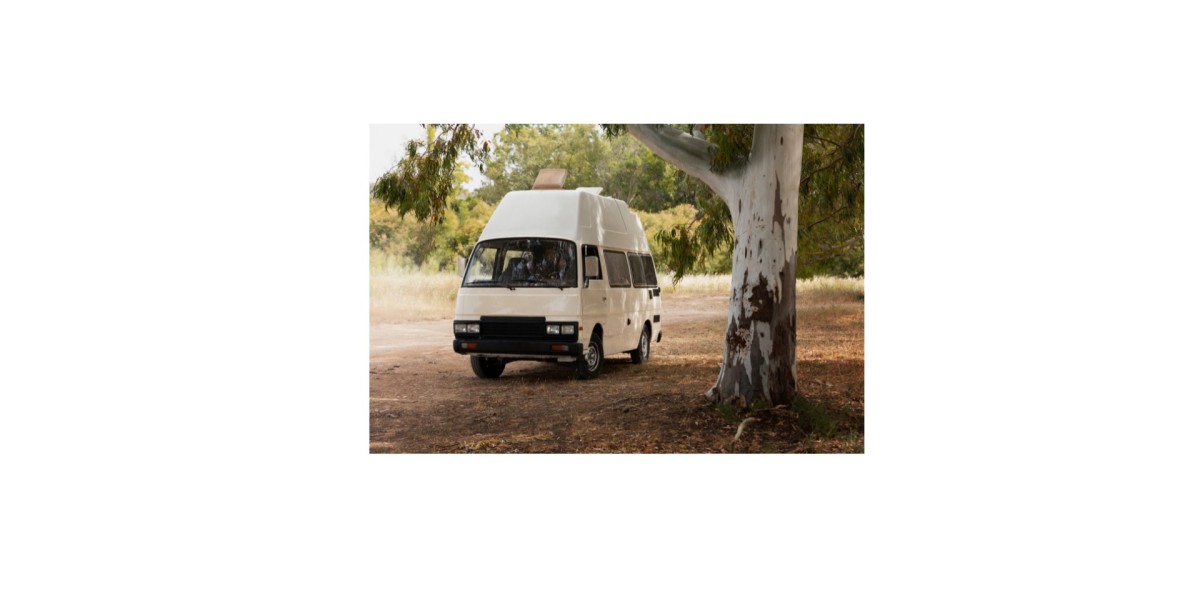Proper security camera placement represents the crucial difference between having cameras that merely record activity and having a system that actively deters crime and provides comprehensive protection. At our Elmwood Park security company, our fifteen years of experience installing systems throughout Illinois has taught us that strategic positioning matters just as much as camera quality itself. Many homeowners make the mistake of placing cameras where they're easiest to install rather than where they're most effective, creating blind spots that criminals can exploit. The unique architectural features of Illinois homes from Chicago brownstones to suburban split-levels and rural farmhouses each present distinct challenges that require customized placement strategies. Understanding the principles of effective camera positioning helps homeowners maximize their security investment while ensuring critical areas receive appropriate coverage. This guide walks through the essential locations every Illinois homeowner should consider, creating overlapping fields of view that leave no vulnerable points unmonitored.
Front Door and Entryway Surveillance
Your front door represents the most likely entry point for intruders and the primary location for package theft, making it the highest priority for camera coverage. Position a camera at second-story height or under eaves to prevent tampering while providing a clear view of anyone approaching your door. The ideal placement captures faces clearly while also monitoring packages left on your porch and activity on your front walkway. For Illinois homes with covered porches, consider cameras with wide dynamic range (WDR) technology to balance the contrast between shadowed areas and bright sunlight. Doorbell cameras serve as an excellent complement here, providing face-level viewing angles and two-way communication capabilities. Remember that in many Illinois neighborhoods, front door cameras also help monitor sidewalk activity and can serve as valuable resources for law enforcement investigating neighborhood incidents. Our professional security camera installation team consistently finds that proper front door placement provides the highest return on security investment for homeowners throughout Chicagoland and beyond.
Back and Side Entry Points
While front doors receive most attention, experienced intruders often target less visible entry points. Back doors, basement entrances, and ground-level windows account for nearly 30% of break-ins, making them essential monitoring locations. Place cameras high enough to prevent tampering but low enough to capture facial details, typically between 8-10 feet high. For side yards and alley access points, consider cameras with enhanced night vision capabilities, as these areas often lack adequate lighting. In suburban Illinois homes with detached garages or sheds, additional cameras covering the pathways between these structures and your main house provide crucial coverage of movement around your property. The changing seasons in Illinois present unique challenges for these placements—ensure cameras are positioned to avoid obstruction from growing vegetation in spring and summer while remaining accessible for clearing snow accumulation in winter months.
Garage and Driveway Monitoring
Garages represent vulnerable points in home security, often containing valuable tools, vehicles, and providing direct access to your home. Position cameras to cover both the garage doors and the approach from the street or driveway. For attached garages, consider an interior camera pointing toward the entry door into your home, as this becomes a critical choke point if your garage security is compromised. Driveway cameras should be positioned to capture license plates as vehicles enter and exit, which proves invaluable for identifying suspicious vehicles or documenting incidents. Illinois homeowners particularly benefit from driveway monitoring during winter months when extended darkness provides cover for criminal activity. For homes with long driveways, consider cameras with zoom capabilities or multiple cameras spaced to provide continuous coverage from street to garage.
Backyard and Outdoor Living Areas
Outdoor living spaces have become extensions of our homes, containing valuable furniture, grills, and recreational equipment that attract thieves. Pool areas, patios, and decks require monitoring both for security and liability reasons. Position cameras to cover these areas while being mindful of neighbor privacy—avoid pointing cameras directly into adjacent properties. For larger yards, consider panoramic or 360-degree cameras that reduce the number of units needed while providing comprehensive coverage. Illinois homeowners should pay special attention to covering gates and fence lines, as these represent natural entry and exit points for intruders. The seasonal nature of outdoor living in Illinois means camera placement should account for both summer activity and winter months when empty patios and decks might attract unwanted attention.
Interior Common Areas and Entry Points
While exterior cameras deter crime, interior cameras document activities inside your home and can trigger immediate response when integrated with alarm systems. Key interior placements include main hallways, stairwells, and spaces where valuables are kept. Position cameras to cover entry points from outside, creating a layered defense that monitors intruders as they move through your home. For families with children or elderly relatives, interior cameras in common areas provide additional safety monitoring while maintaining privacy in bedrooms and bathrooms. In Illinois homes with basement apartments or rental units, interior cameras in shared entryways help document comings and goings while respecting tenant privacy within their private spaces. Modern privacy features like scheduling, activity zones, and privacy masking ensure interior cameras only record when appropriate, addressing common concerns about constant indoor monitoring.
Conclusion
Strategic security camera placement transforms a collection of individual cameras into a comprehensive security system that protects your Illinois home from multiple angles. By focusing on entry points, vulnerable areas, and creating overlapping coverage, homeowners can eliminate blind spots that criminals exploit. The unique architecture and seasonal considerations of Illinois homes require thoughtful placement that accounts for both current conditions and changing circumstances throughout the year. Remember that proper installation height, angle, and weather protection significantly impact camera performance and longevity. Whether you're building a new security system or optimizing an existing one, applying these placement principles will ensure your cameras provide maximum security value while giving you greater peace of mind about the safety of your home and family.
Frequently Asked Questions (FAQs)
How high should I mount my outdoor security cameras?
Most outdoor cameras should be mounted 8-10 feet high high enough to prevent tampering but low enough to capture clear facial details and identifying features.
Can weather affect my camera placement in Illinois?
Yes, Illinois' four-season climate requires consideration of snow accumulation, falling leaves, and temperature extremes. Position cameras under eaves when possible and ensure they're rated for local temperature ranges.
Do I need different cameras for night vision?
Cameras with infrared (IR) night vision are essential for 24/7 monitoring. Ensure placement avoids pointing directly at glass or highly reflective surfaces that can cause glare at night.
How many cameras does an average Illinois home need?
Most single-family homes benefit from 4-6 strategically placed cameras covering all entry points and vulnerable areas, though larger properties may require additional units.
What's the legal requirement for camera placement in Illinois?
Illinois law requires avoiding areas where people have a reasonable expectation of privacy (bathrooms, bedrooms). It's generally legal to monitor your own property, including front yards and backyards.







